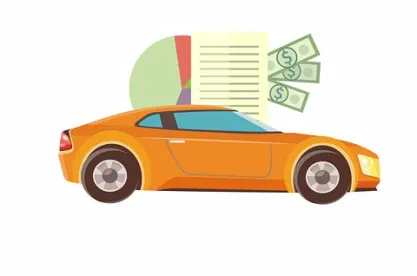New York has enacted legislation that requires creditors to provide new disclosures when using devices to remotely disable vehicles, commonly referred to as “kill switches.” The new law took effect immediately upon its signing by Governor Cuomo on October 2, 2018.
First, the law amended New York’s Uniform Commercial Code to add a definition for a “payment assurance device.” The term is defined as “any device installed in a vehicle that can be used to remotely disable the vehicle.”
Second, the law amended the provisions of New York’s General Business Law dealing with debt collection procedures. The law amends the list of prohibited practices to add that “no principal creditor” or its agent shall remotely disable a vehicle using a “payment assurance device” to repossess a vehicle “without first having given written notice of the possible remote disabling of a vehicle in the method and timetable agreed upon by the consumer and the creditor in the initial contract for services.” A “principal creditor” is defined as “any person, firm, corporation or organization to whom a consumer claim is owed, due or asserted to be due or owed, or any assignee for value of said person, firm, corporation or organization.”
The written notice required to be sent before using a “payment assurance device” must:
-
Be mailed by registered or certified mail “to the address at which the debtor will be residing on the expected date of the remote disabling of the vehicle”
-
Be postmarked no later than 10 days “prior to the date on which the principal creditor or his agent obtains the right to remotely disable the vehicle”
Violations of the debt collection prohibitions in New York’s General Business Law are deemed a misdemeanor and the NY Attorney General or the district attorney of any county can bring an action to enjoin violations.



 />i
/>i
